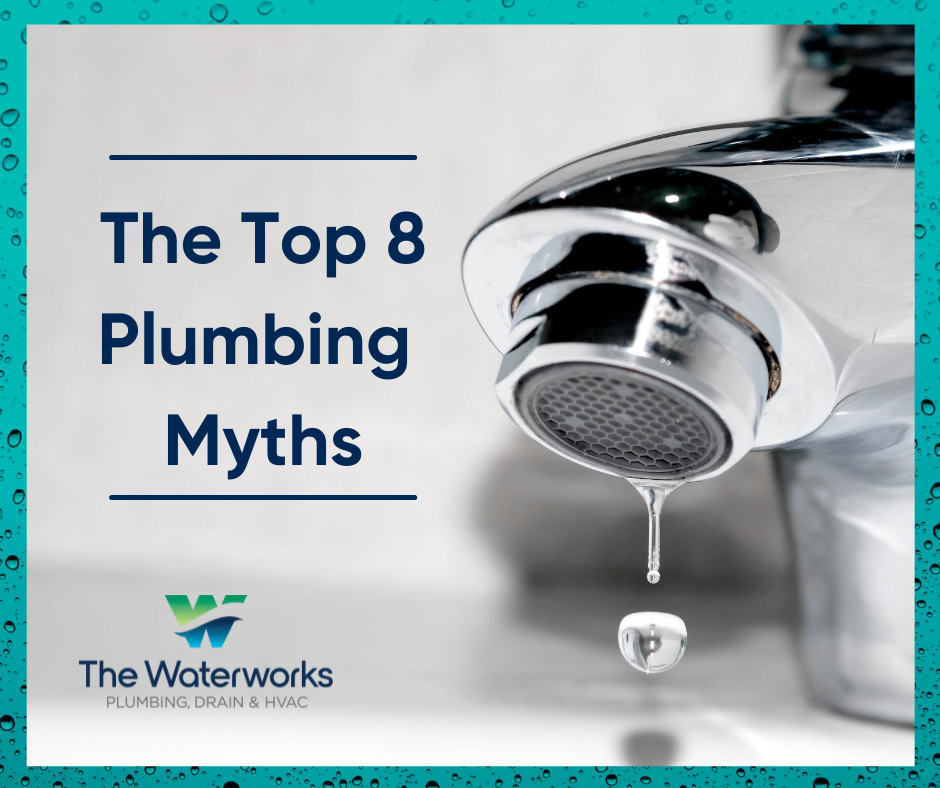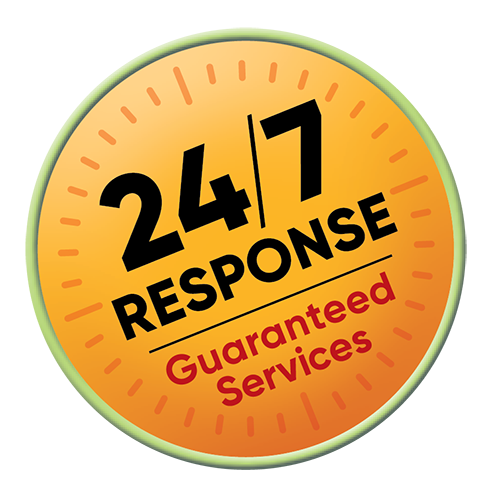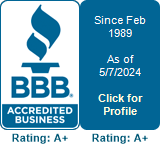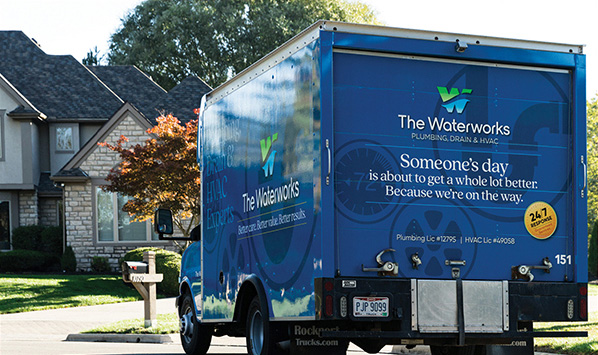
The Top 8 Plumbing Myths You Can’t Ignore
Indoor plumbing. Without proper plumbing, those of us who are fortunate would not have access to clean drinking water, showers, toilets, laundry options and so much more that make our lives better. What would we do without it all? Plumbing has become somewhat of an afterthought because we have all become so comfortable with it being a vital part of your home. Unfortunately, just one plumbing problem could damage the very foundation of our home, if not taken care of properly. In this DIY age, many homeowners take plumbing issues into their own hands with limited knowledge of the random things that could and do go awry. Consider these top eight plumbing myths before you take any action — and potentially make the situation much worse.
Myth #1: “Flushable” wipes
Just because baby or personal wipes are being marketed as “flushable” doesn’t mean they actually are. Wipes don’t dissolve like toilet paper, and they often end up causing drain blockages. The same goes for paper towels and feminine hygiene products. If continually used and flushed, it’s only a matter of time before your toilets back up and make a mess.
Myth #2: A slow-dripping faucet is not a big deal
Any dripping plumbing fixture is a huge problem because you’re wasting water and driving up the water bill in the process. A drop of water leaking from a closed faucet every second may not seem like much, but it can waste more than 3,000 gallons per year.
If millions of homes have dripping faucets, that translates to billions of gallons of water wastage. In a world where some regions don’t even have a steady supply of clean water, we cannot simply shrug off a leaky faucet as a minor annoyance.
Myth #3:It’s OK to pour hot grease down the kitchen sink
For those that are in the habit of pouring grease down the drain, they shouldn’t be surprised if they end up with a clogged kitchen sink in the future. No matter how hot the grease is, it will cool quickly once inside drain pipes and worse, it will stick to the insides of the pipes and harden there. Over time, the gradual build-up will evolve into one nasty clog.
Myth #4: Chemical drain cleaners are safe
It seems that chemical drain cleaners are the go-to solution for most homeowners facing a blocked drain. You may be surprised to know that liquid drain cleaners aren’t that effective at eating away some of the blockage. Worse, those same drain cleaners will also try to do the same thing with your pipes. Chemical drain cleaners are also incredibly toxic, as the tiniest splash on your skin can cause burns. If you are dealing with a slow or completely clogged drain, a professional plumber can clear and clean your drain using proper techniques.
Myth #5: It’s good to use lemons to clean the disposal
There is no doubt that chucking lemons down the garbage disposal makes it smell better. However, that pretty much sums up all the good they can do. Many people forget that lemons contain citric acid that can corrode a garbage disposal’s metal parts. If you want a natural cleaner for your garbage disposal, we recommend ice, which are good at scraping a garbage disposal well but break down easily.
Myth #6: Fluctuating water pressure is OK
If the water pressure in your home varies from time to time, you should not take it as a normal occurrence. Water pressure should always stay stable because if it doesn’t, that means there is something wrong with the plumbing. It could be a leak or a clog that moves around the pipes. Call a professional if your water pressure fluctuates often.
Myth #7: Put a brick in your toilet tank to save water
Yes, this is not a joke. While it’s true that a brick can conserve a little bit of water per flush, it’s also a fact that bricks do crumble and decay and could damage a toilet’s mechanism. There are other safer ways of conserving water in the bathroom, like installing a high-efficiency toilet.
Myth #8: Bleach tablets are best for keeping toilets clean
No one will ever question how effective bleach can be as a cleaning product. However, the practice of putting bleach tablets inside a toilet or its tank can do more harm than good. Considering that certain toilet parts like gaskets, washers, and pipes are highly prone to corrosion, thus, letting corrosive bleach tablets sit in toilet water with them isn’t a good idea. Bleach can also affect the glazed finish of a toilet, especially if it sits there for more than 10 minutes before rinsing it. If you must use bleach or any other product with bleach content to clean their toilet, make sure you don’t wait that long before rinsing it off with warm, soapy water.
Plumbing emergency? We respond any time!





